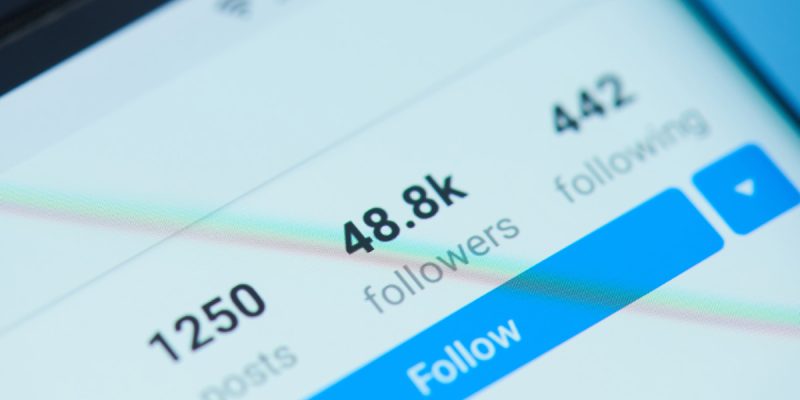In late February, we covered a report by Odipo Dev that revealed weird reasons why Kenyans follow certain influencers. On top of that, the report also gave us a glimpse into the shedding trust followers have on Kenyan influencers when it comes to brand endorsements.
Building on that foundation, Nendo’s 2020 Digital Trend Report further reveals that as much as the influencer marketing is on the rise, their influence on the consumer remains questionable.
Social media brought with it a new wave of marketing. Things moved from the traditional marketing of simply using ad banners, to a complicated relationship between companies and people with large followings on social media in what we call brand endorsements.
Fake Followers
This trend of brand endorsements is catching on fast and it’s brought with it an unprecedented side effect. While followers are keen to keep up with the lives of their favourite influencers, they are not buying into these endorsements.
In line with Odipo Dev’s report, Nendo’s report also reveals that followers don’t really trust endorsements from influencers for the reason that it is most likely paid for.
“In 2014, when Nendo published its first trend report, the trend warned would-be influencers that audiences would grow sceptical and cynical of endorsements without proper disclosure,” reads the report.
Brands have proven that they are willing to pay big if an Influencer can give them returns based on vanity metrics. This has led to a good number of Influencers coming up with clever ways to earn some cash.
According to Nendo, 92% of Kenyan influencers have fake followers. The vice doesn’t end there, the report cites that 42% of those in the Influencer game report fake engagement activity.
A personal observation, an Instagram post shared by an influencer meant to promote a certain phone brand, will have followers engaging with the influencer on the subject of the photo rather than the product itself.
[infogram id=”fake-followers-1hdw2j7nlqmj2l0″ prefix=”wXk”]
Micro and Nano Influencers
This trend to “lie” has led certain brands to come up with clever ways to ensure that their chosen influencers are held to account.
“In Kenya, there is still no official regulator of the influencer industry, but self-regulation has been taking place led by international brands. For example, at Diageo, as part of enforcing their marketing standards, known as the Diageo Marketing Code, selected creators/ influencers must commit to always include the phrase ‘Paid partnership with Diageo’ in their online posts,” reads Nendo’s report.
Aside from this, it has been noted that brands are now moving away from influencers with large followings to what the industry calls Nano and Micro-influencers.
As per Nendo, Nano influencers with less than 1000 followers typically get more engagement than influencers with larger followings. Nano influencers have an average engagement rating of 7.2% of Instagram and 1.4% on Twitter.
Micro-influencers on the other hand, those with less than 100k followers get a lower engagement rating of 1.1% on Instagram and 0.3% on Twitter.
However, we do agree 1% of a larger pool of followers may be significantly higher than 7% of a small pool of followers.






Comments